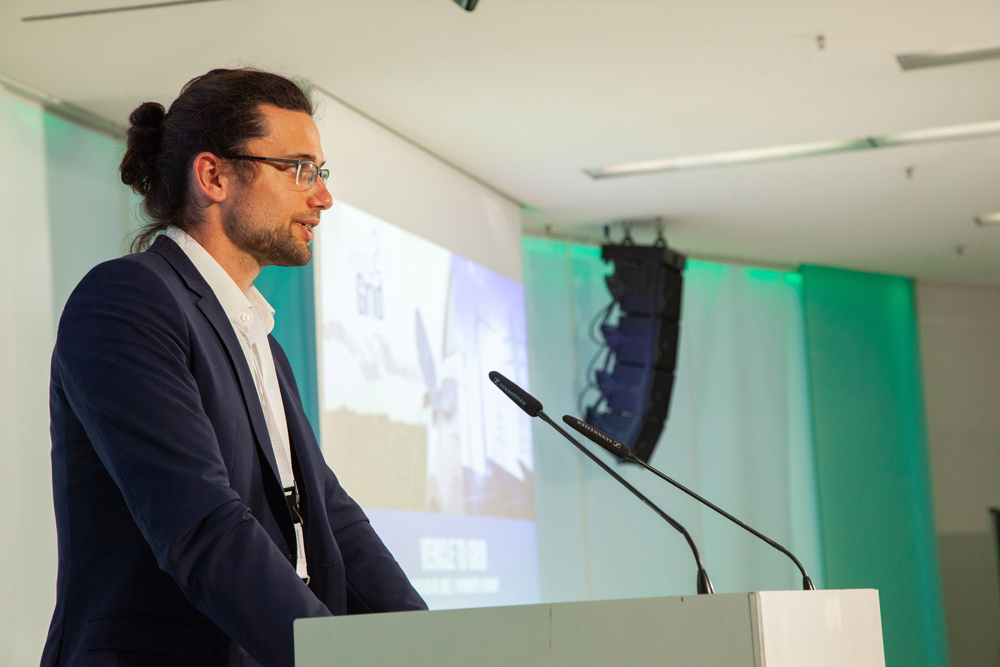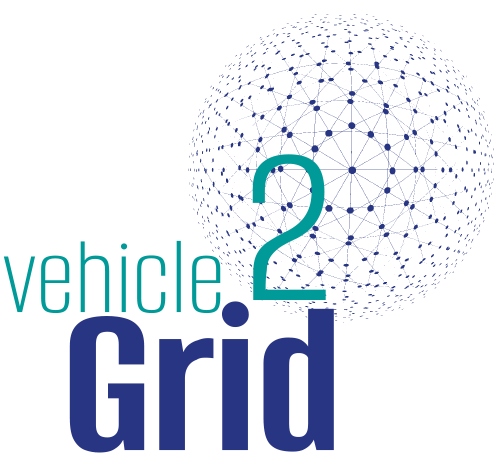The conference chairs

Dr.-Ing. Christopher Hecht
The Mobility House AG
Data Scientist RWTH Aachen, Institute for Power Electronics and Electrical Drives, Chair of Electrochemical Energy Conversion and Storage Systems Technology
Christopher’s research focusses on applying machine learning and big data algorithms on public charging infrastructure for electric vehicles. Key questions are how the existing infrastructure can best be used, how future expansion is best placed, and how electric vehicles can positively interact with the electricity grid. Through the platform www.mobility-charts.de as well as appearances in various conferences, he is a leading voice on charging infrastructure usage in Germany.
As part of electric mobility, he also focusses on buffer batteries and home energy storage systems. He has experience in the fields CAPEX/OPEX projection for power and gas grid assets, power grid and power market modelling, wind energy tenders, and renewable energy technology. He further has an extensive IT and programming background with projects completed in database management and back-end development.


Ing. Jan Figgener
Senior Battery Expert, ACCURE Battery Intelligence
Visiting Senior Scientist RWTH Aachen University, Institute for Power Electronics and Electrical Drives, Chair of Electrochemical Energy Conversion and Storage Systems Technology
Jan studied electrical engineering and economics in Aachen and Istanbul. Since 2021, he has been head of the Grid Integration and Storage System Analysis department with a focus on electric vehicles, charging infrastructure, stationary storage systems, and sector coupling at ISEA of RWTH Aachen University.
His research related to electromobility focuses in particular on the development of V2X operation strategies for electric vehicles and the use of charging infrastructure. The central issues here are the availability of vehicle batteries for increasing self-consumption or marketing on energy or grid service markets. In this respect, electric vehicles offer great potential, as the average distances driven are very short and the battery capacities can be used economically and sustainably during long idle periods without restricting the vehicle owners. In addition to the revenue that can be generated through commercialization, quantifying the battery aging costs associated with additional operation is an important component of his research. Battery aging is determined in this process via algorithms for analyzing field data as well as the use of aging models.









